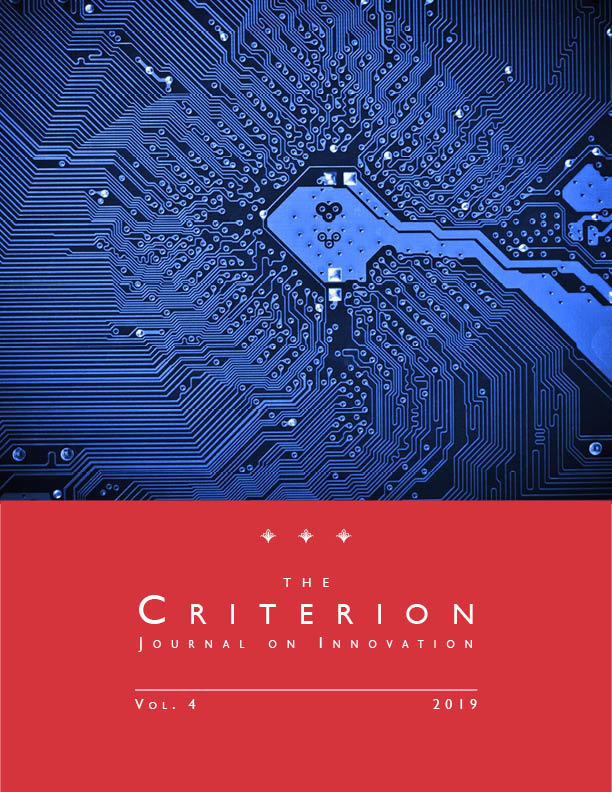The Crisis of Patent Eligibility in America
Purchase a reprint version of the Article (Amazon) | Read the Article (PDF) | Download the Article (PDF) Download the Article (PDF)No doubt responding to widespread complaints about the Supreme Court’s treatment of patent eligibility, the United States Senate Committee on the Judiciary’s Intellectual Property Subcommittee held hearings in June 2019 to consider draft legislation that would amend the patent statute and, in particular, revise the doctrine of patent eligibility. Given the crisis in the patent system with respect to the doctrine of patent eligibility and the Supreme Court’s inability or unwillingness to solve this crisis, the time has come for Congress to act. While not perfect, the draft legislation represents a significant step in the right direction. In this article, I present my answers to written questions various senators presented me after the hearing to explore my views on the ongoing crisis, on the impact of broadening patent eligibility, and on particular parts of the draft legislation. While I have concerns with other aspects of the draft legislation, I support what I view as the heart of the proposal: replacing the “inventive concept” test with a “practical utility” test. Such an approach would likely eliminate the crisis in the law of patent eligibility.

Cite as
David O. Taylor, The Crisis of Patent Eligibility in America, 4 Criterion J. on Innovation 733 (2019).
